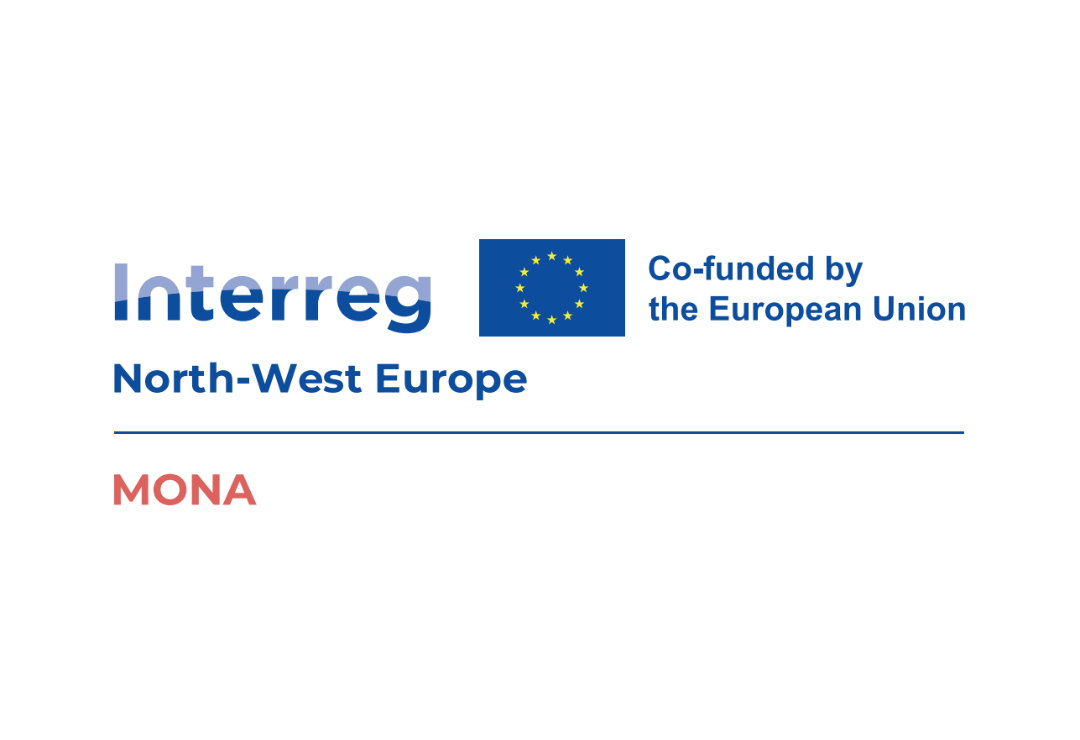Global Tourism Resilience Day 2025: Strengthening tourism and transport resilience for a sustainable future
Tourism and transport are inextricably linked sectors, sharing many challenges and responsibilities while also showing significant potential synergies. Celebrated on 17 February, Global Tourism Resilience Day 2025 offers a timely opportunity to reflect on this common ground and, most importantly, how both sectors’ resilience can be enhanced in the context of polyhedric, interconnected challenges.
While a key economic driver, tourism has a significant environmental footprint, increasing pressure on ecosystems, resources, and local infrastructures and services. Growing in volume while heavily concentrated geographically and seasonally, tourism catalyses many challenges, including ecological ones. At the same time, more frequent climate and environmental disruptions can be major obstacles to the development of the sector, especially in more vulnerable regions.
Designing flexible, low-carbon, and robust transport systems is an essential precondition to ensure the tourism industry can withstand climate-driven challenges and stop fueling them.
'According to the latest scientific research available, tourism currently accounts for an estimated 8.8% of global carbon emissions. We are committed to realising the sector's remarkable potential to drive transformative change. By prioritising innovation, decarbonisation and regeneration, we can make sure tourism plays a key role in global climate solutions. Beyond its role as an economic lifeline for communities and societies, tourism is uniquely positioned to be a powerful catalyst for sustainable, climate-resilient development.’
Zurab Pololikashvili, Secretary-General of the UN World Tourism Organization
Compounded liability
Tourism and mobility are closely interdependent phenomena. Travel to and within destinations represents a major part of the tourism industry’s environmental impact (around ¾ of total emissions) while tourism-related CO2 emissions account for 22% of the transport sector’s total.
Moreover, excessive and uncontrolled tourism can negatively impact the resident population, with seasonal peaks exacerbating transport infrastructure congestion.
This is true for increasingly popular nature-based tourism destinations, like those included in the MONA’s project pilots, where sustainable transport services are scarcer, but also for major cities and capitals that bear the burden of creating connections with urban, local, and coastal areas.
There is, however, room for hope.
The inauguration of a thematic day focused on Urbanisation, Transport and Tourism at COP29 as well as the commitment of the European Union to enhance the sustainability of the tourism sector through, among other things, flexible and multimodal transport, point to a shared understanding of how the intersection between these two worlds can be leveraged to minimize harm and maximise benefits.
Common challenges
While tourism and travel are key economic drivers, accounting for nearly 10% of the EU’s GDP, they are increasingly exposed to the impacts of the climate crisis, including (but not limited to) higher surface air temperatures, more frequent and intense extreme weather events, and rising sea level menacing coastal areas. All of this comes with costs.
Extreme heat, for instance, could cause the annual EU and UK road and railways transport operational and maintenance bill to rise by billions of euros (€1.3 billion for a 2 °C increase by mid-century). The hotter the air, the higher the bill. The temperature rise is also linked to a shorter return period between extreme rainfall events. Up to 43,6% of global transportation assets are expected to be exposed to these phenomena.
Globally popular destinations, like the Mediterranean region, are set to bear the brunt of these risks which call for pursuing an ambitious, integrated tourism and mobility agenda (particularly within Sustainable Urban Mobility Plans), aiming for sustainability and resilience. Such an agenda would benefit both local citizens' and visitors’ mobility.
Designing solutions
Sustainable and flexible transport models, designed to be able to absorb shocks and accommodate all users’ needs, can shift the balance of tourism’s harm and benefits towards the latter. A smaller environmental footprint would reduce the original drivers of climate shocks. A virtuous cycle one might call it.
Where to start? Right from the design phase, as explained by researchers from a new POLIS member, IUAV University of Venice. Tourism and mobility policy agendas need to converge in this planning endeavour. As climate hazards become more the norm than a rare exception, authorities need to engage in holistic urban planning strategies that prioritise decarbonisation, flexibility, and interconnectedness, especially in areas that are subject to higher risks and pressure, like cities on the Mediterranean coasts.
If duly integrated, newly expanded modes such as urban coaches can play an important part in this resilience formula, complementing railways’ shortcomings and offering an affordable option to the most vulnerable groups. The ‘in-house’ mobility company of POLIS member, the municipality of Pisa (Italy), Pisamo, is a successful example of this physical and digital integration of urban coaches in the wider mobility network, catering to tourists and citizens’ needs.
Technical enhancement is not, however, sufficient by itself. Changing people’s approach to travel, both for daily commuting and tourism, is inherently a matter of political and societal commitment. As highlighted by Nina Nesterova, Professor of Sustainable Development of Tourism and Transport at Breda University of Applied Sciences (BUas), this often entails aligning conflicting, public and private, interests.
Cooperation towards long-term sustainability between all stakeholders, therefore, is the key to success, and local and regional administrations are in the perfect position to facilitate agreements.




